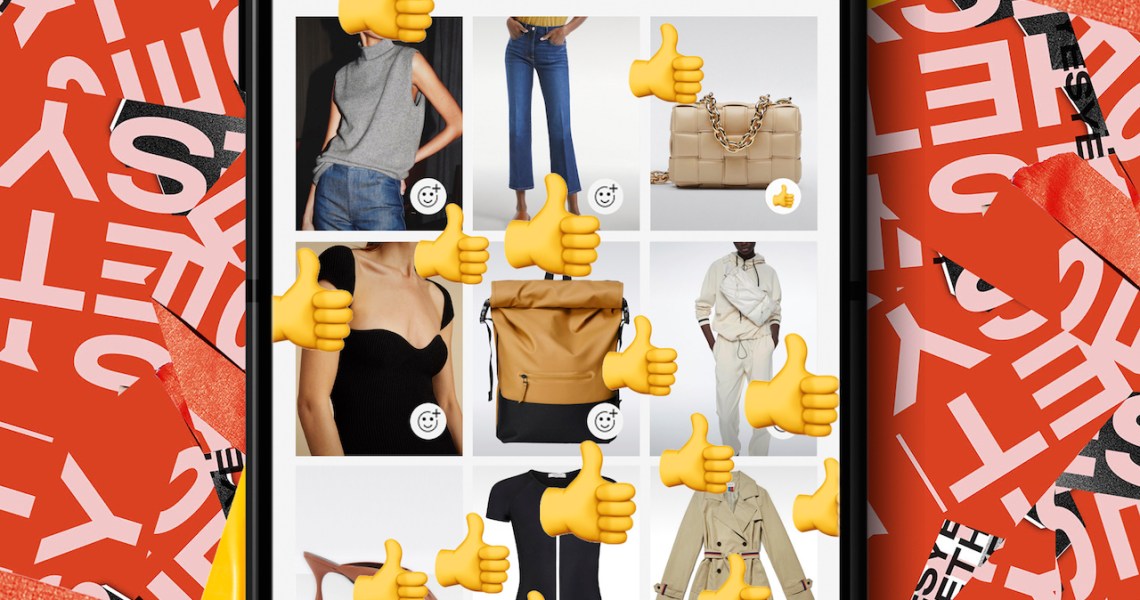Julie Bornstein, founder of 2-year-old online retailer The Yes, has a lot of experience with loyalty programs. She launched Sephora’s famed Beauty Insider program in 2007. But the new loyalty program she’s building at The Yes, called Yes Funds, looks very different from a typical loyalty program.
Yes Funds quietly soft-launched in December of 2021, and Bornstein said she’s ready to talk about the lessons she learned from her time at Sephora and the way she’s applying them to the modern retail market. The key to a good loyalty program in 2022, she said, is to take the “program” out of it.
“The biggest difference between [2007] and now is the noise level is so much higher,” Bornstein said. “People are so over-solicited now. When they see that they need to sign up for yet another program, when they’re already signed up for a hundred things, they’re automatically skeptical.”
The average U.S. consumer has at least five different retail subscriptions, according to PYMNTS and sticky.io. But loyalty programs are increasingly important in a post-cookie world.
Bornstein said loyalty programs have become too intrusive and complex, so Yes Funds was designed to be as simplified as can be. For starters, there’s no need to sign up for anything. When you check out on The Yes, you automatically get 10% of the cost added to a virtual wallet associated with your account. There are no abstract points, just a clear dollar amount. The dollar amount is displayed to customers in a banner at the top of every page on The Yes’ site and is integrated into every email communication from the retailer.
“Points are confusing,” Bornstein said. “The idea is fun and kind of playful, but ultimately, because the exchange rate is different in every loyalty program, it just throws people off. Does one point equal $1? Do 10 points equal $1, or does one point equal $10? Dollar amounts are clear and easy to understand. This is how much you have, and that’s how much you can spend.”
Yes Funds’ 10% return was a mathematical decision, Bornstein said. When determining how much a brand or retailer should give back to a customer, it comes down to finding the sweet spot between providing enough value to keep the customer coming back and not being so generous that you end up losing money on every purchase.
Ad position: web_incontent_pos1
“Below 10%, and it’s really not going to have much of an impact for the customer,” Bornstein said.
Since the program is new and there’s nothing to sign-up for, Bornstein said she didn’t have significant data to share about how many people are using Yes Funds right now. But she did say there’s been a notable trend of people using money earned on purchases in one category toward purchases in another.
The Yes carries brands in varied price ranges, like Everlane on the lower end and Balenciaga on the higher. Bornstein has seen people using the chunk of money earned from an expensive purchase like a Chloé bag to get several cheaper items basically for free. Meanwhile, others are using many smaller purchases to save up enough funds to take a chunk out of one expensive purchase.
These kinds of insights are an excellent example of how loyalty programs can offer additional data that brands wouldn’t otherwise get. By observing that a customer uses money earned from smaller purchases toward a more expensive purchase, The Yes can tell more about that user’s behavior and desires.
“A premium loyalty program isn’t just ready overnight,” said Tom Caporaso, CEO of loyalty provider Clarus Commerce. “It requires a period of testing and optimization to uncover exactly what customers want from a brand and what types of rewards they would be willing to pay for. Oftentimes, a traditional loyalty program is the first step to collecting helpful first-party data.”
Ad position: web_incontent_pos2
Ultimately, Bornstein said modern brands and retailers would be served best by simple, streamlined programs that require a minimum amount of cognitive effort on customers’ part: no converting points to dollars, no expiration dates on the money they get and no confusing limitations on what they can use that money toward. While Yes Funds will have more functionality added in the coming months, for now, Bornstein said simpler is better.
“A loyalty program has one goal: Get the customer coming back to make repeat purchases,” Bornstein said. “So many people put too much emphasis on the first-time customer. The first customer gets the most rewarded with discounts, etc, while the far more valuable long-term customer gets less. The repeat customer is who you want to serve.”


